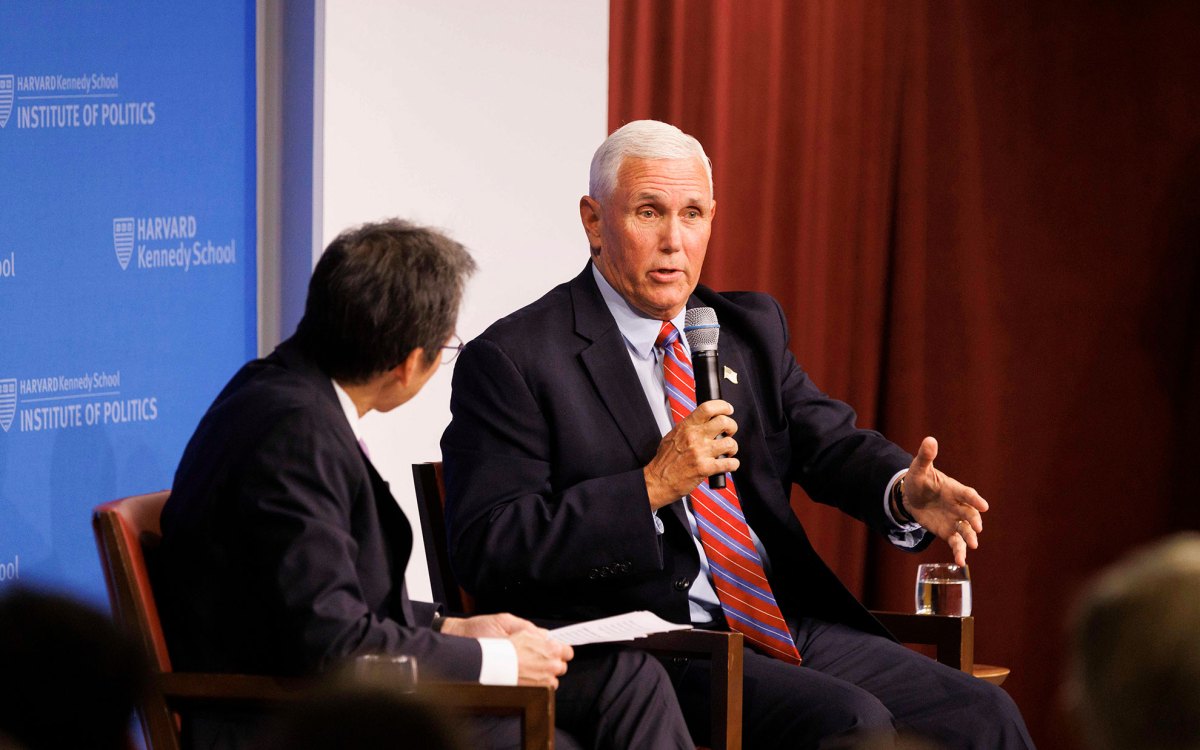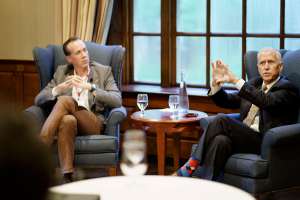Arts & Culture
-
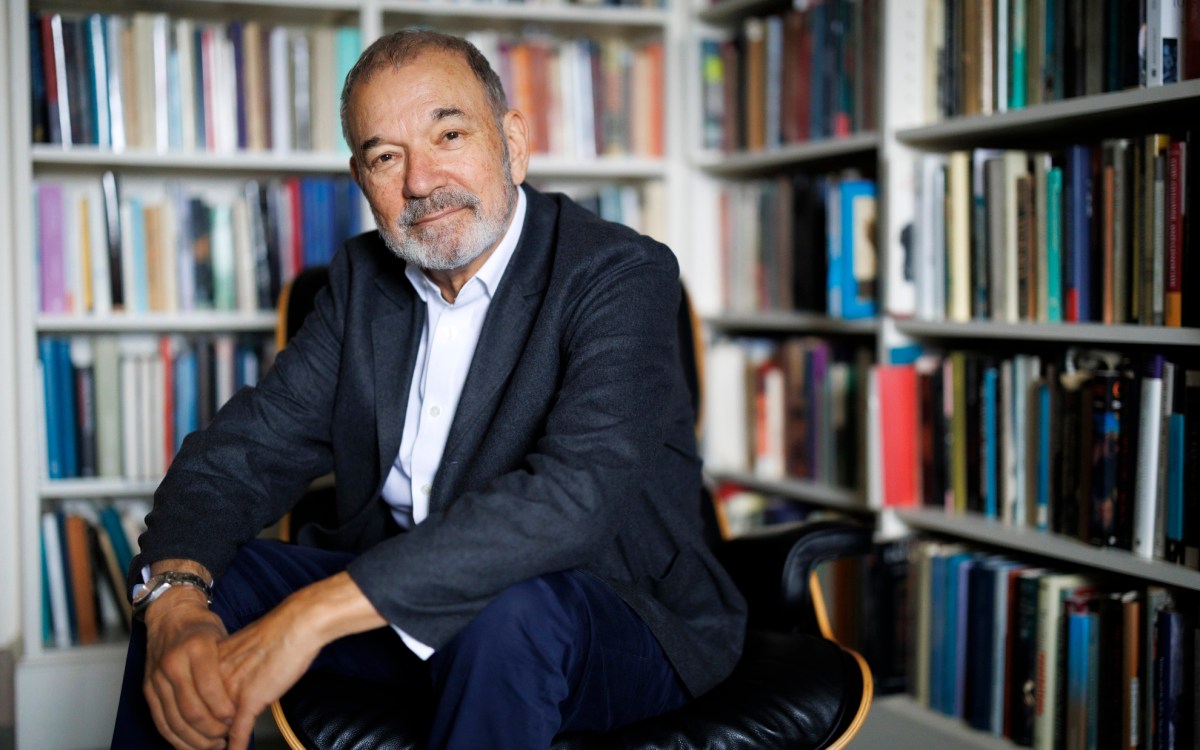
Live fast, die young, inspire Shakespeare
Stephen Greenblatt finds a tragic strain in the life and work of Christopher Marlowe
-
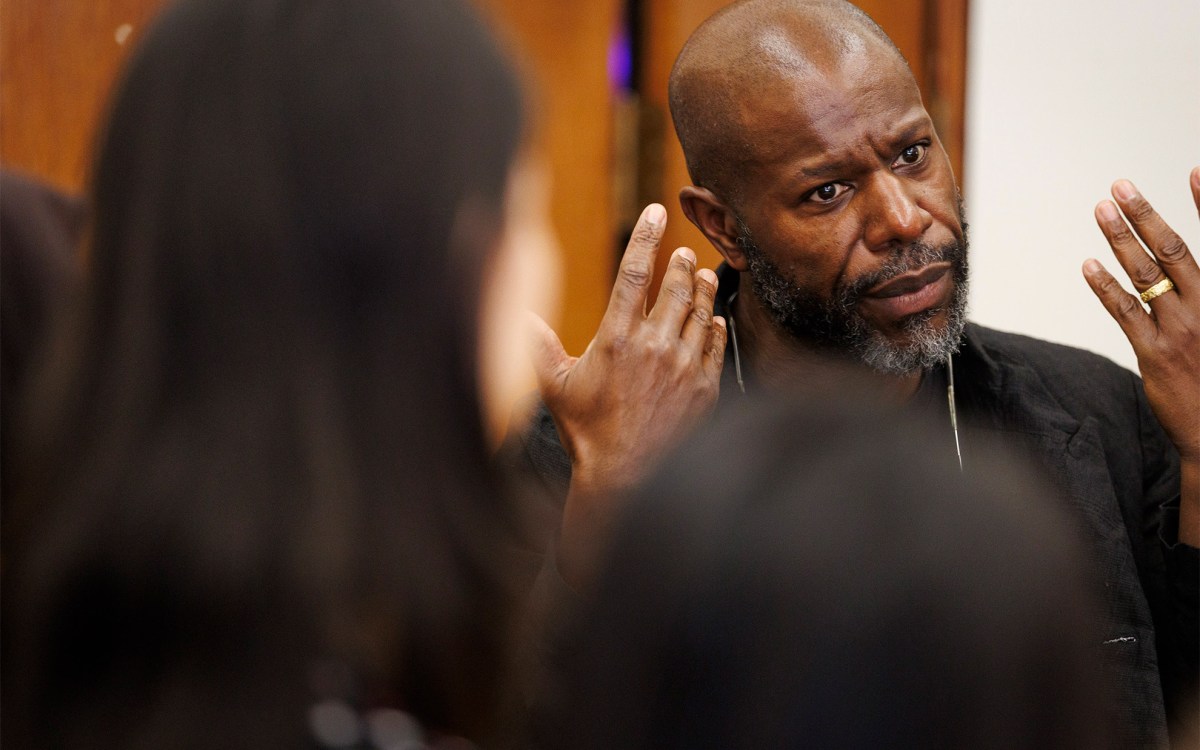
Steve McQueen could lecture you, but he’s got other plans
‘I think the audience needs more, and I feel I need to give more,’ says award-winning filmmaker — presenter of this year’s Norton talks
-

Marking 100 years of Norton Lectures
Panelists reflect on ‘incredible value’ of annual series as ‘megaphone’ for artists and scholars
-
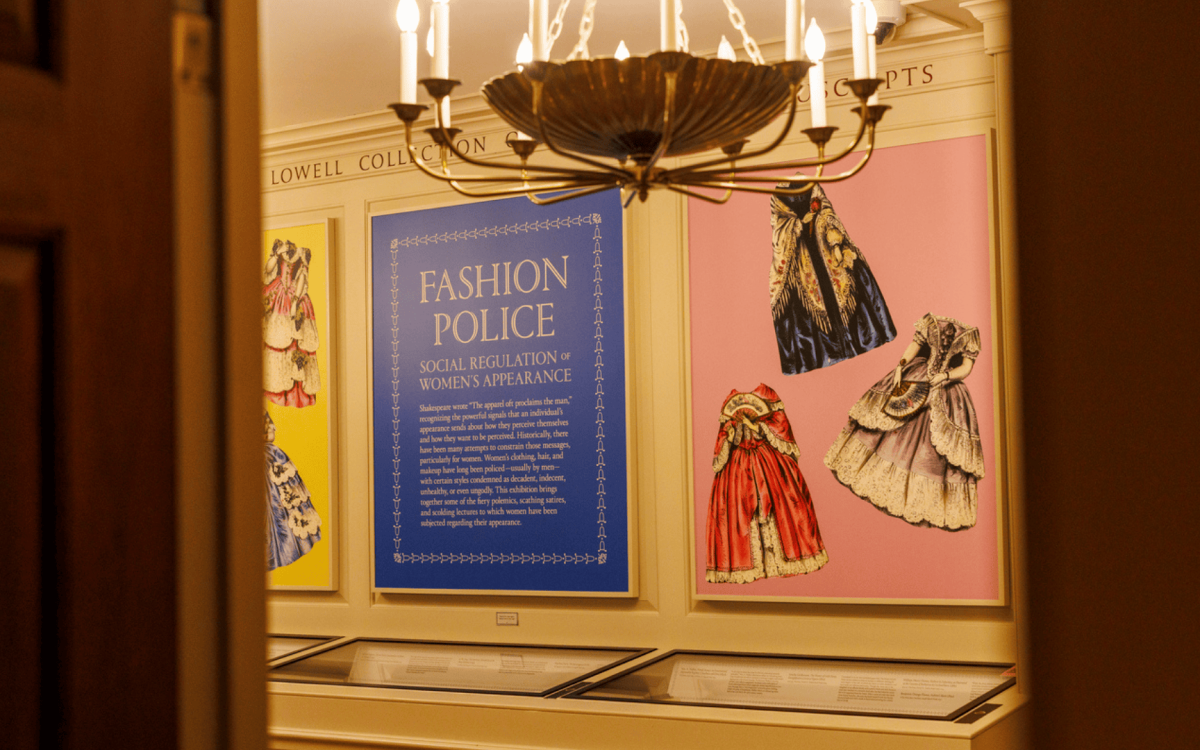
How fashion police have been walking beat for centuries
Houghton Library exhibit highlights the policing of women’s fashion since the 17th century.
-
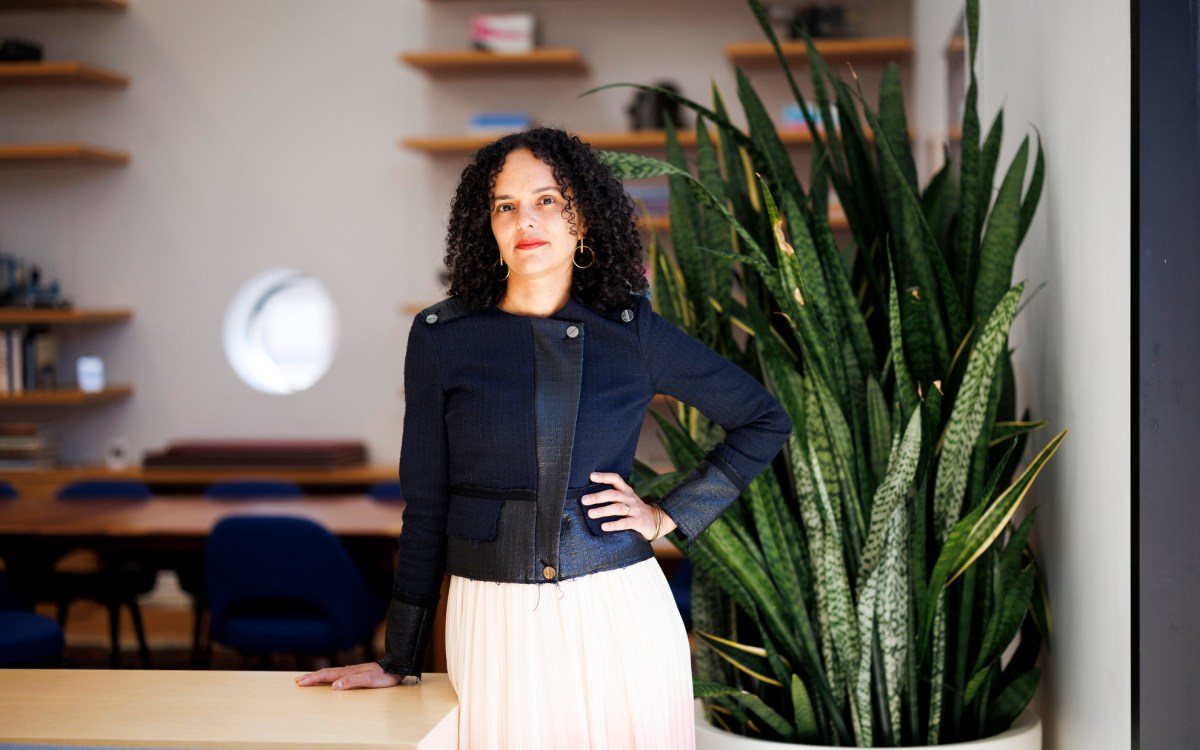
Seeing what you see
New faculty Cécile Fromont is a visual problem solver
-
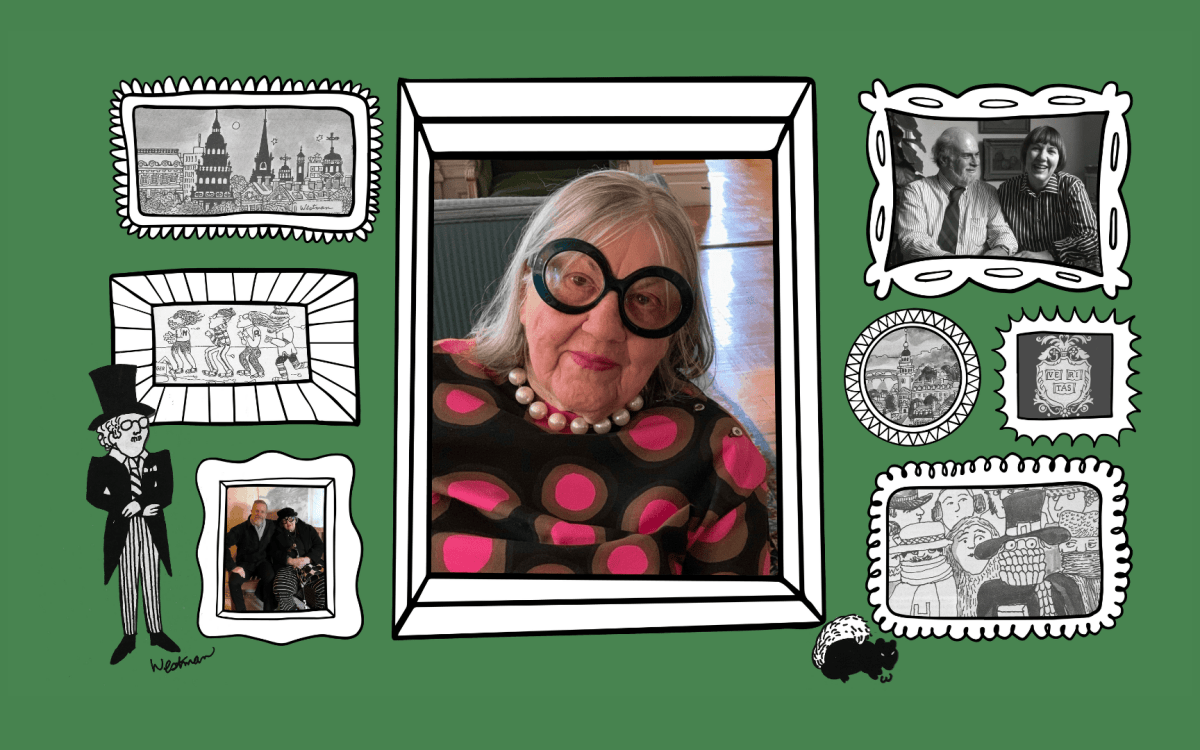
Her Cambridge iconography made her a local icon
Before New Yorker covers, Barbara Westman created colorful visions of campus as Gazette’s first staff artist
-
Wynton Marsalis makes a return engagement
Wynton Marsalis shares the stage with President Drew Faust to celebrate the release of his video, based on a lecture series he started at Harvard in 2011.

-
New adventures in editing
An interview with George Andreou, who took the helm as new director of the Harvard University Press in September.
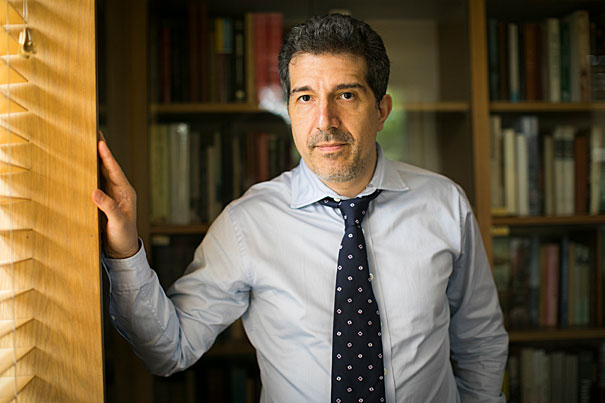
-
Kazuo Ishiguro’s (mostly) brilliant blandness
Harvard professor and New Yorker book critic James Wood talks to the Gazette about Kazuo Ishiguro’s Nobel Prize in literature.
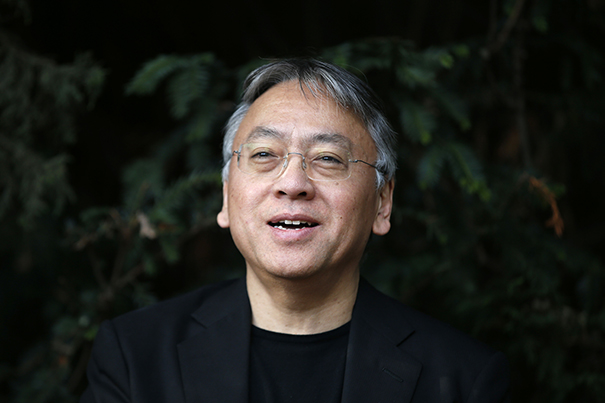
-
An American in Moscow
Sebastian Reyes ’19 took a course in Soviet film and ran with it — all the way to Russia.
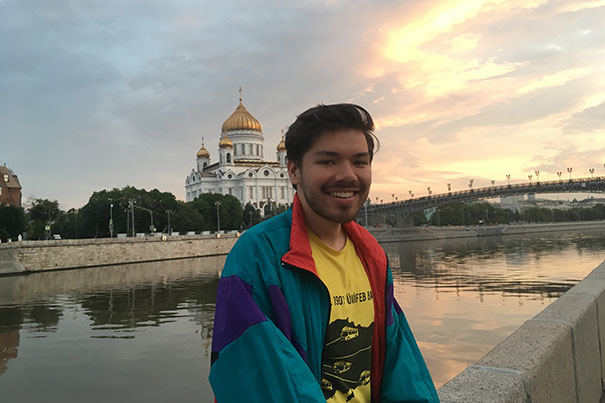
-
Fathers, killers, God, and ‘Maus’
“Maus” author Art Spiegelman discussed art, existence, and Jewish identity during a visit to Harvard.
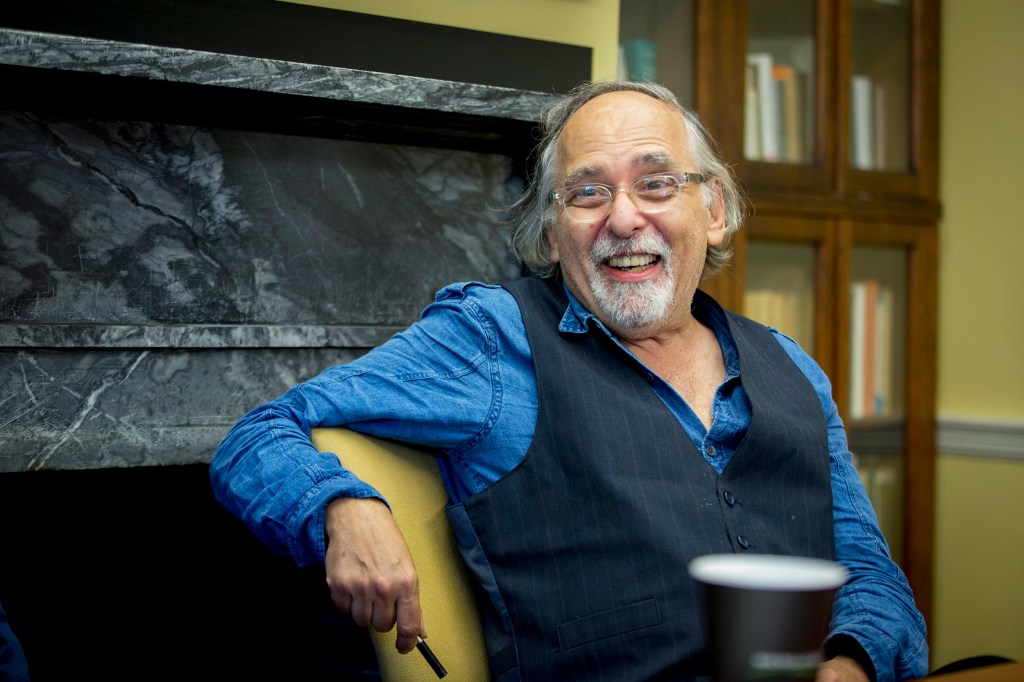
-
Echoes of Capote and Warhol
“WARHOLCAPOTE” draws from 75 hours of conversations between Andy Warhol and Truman Capote recorded during the 1970s, when they discussed everything from the trials of fame to using their talks to create their own Broadway show.

-
Museum leaders have more than just art on their minds
Radcliffe hosted directors from five Boston-area museums for a discussion titled “The Museum, the City, and the University.”
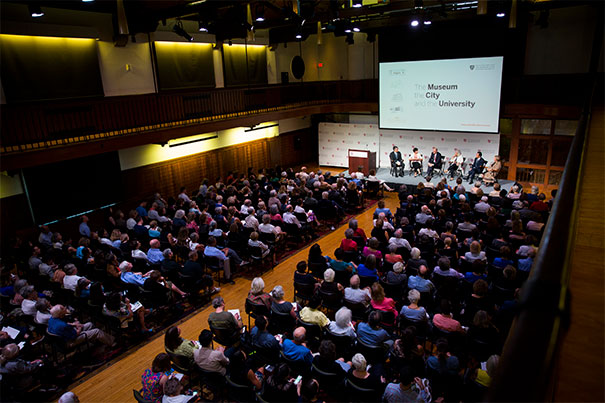
-
Giving Harvard a little more groove
Harvard’s newest assistant professor of music brings years of experience as a composer, pianist, choir director, and minister.
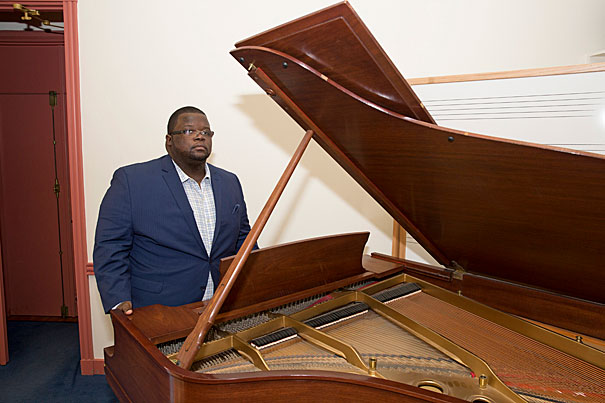
-
Alumni celebrate the arts
Generations of Harvard alumni came together on campus last weekend to celebrate the arts as a dynamic part of the University’s curriculum.
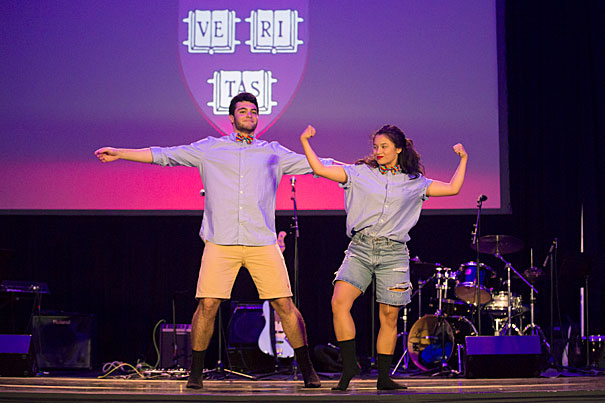
-
Messud on the makings of her ‘Burning Girl’
Claire Messud, senior lecturer in the Creative Writing Program, discusses her latest novel about the joy and pain of middle school as a young woman.
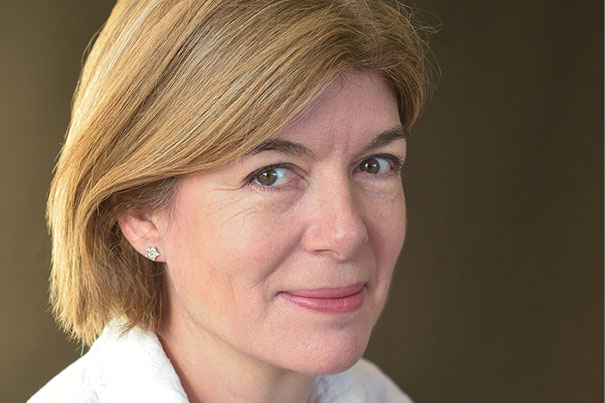
-
Frida the artist before Frida the icon
A course on Frida Kahlo helped students understand the context in which the Mexican painter developed her works and how she became a cult icon.

-
Warhol’s Marilyn
A special show at Harvard Art Museums features a series of 10 prints from Andy Warhol’s “Marilyn Monroe” portfolio.
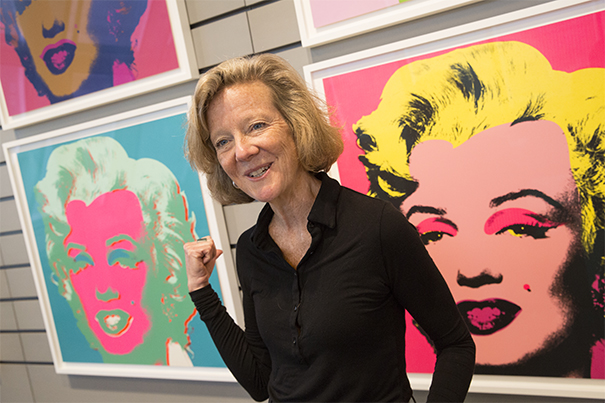
-
Harvard Art Museums tour takes visitors to Dighton Rock
Harvard Art Museums trip to Dighton Rock explored its connection to the exhibition “The Philosophy Chamber: Art and Science in Harvard’s Teaching Cabinet, 1766-1820.”
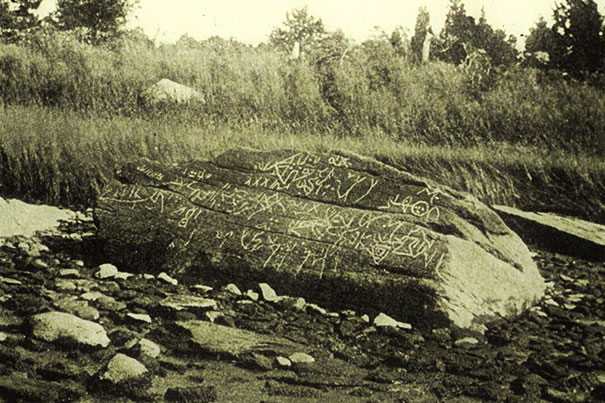
-
A transition for Transition
Transition, a magazine published by the Hutchins Center for African and African American Research, has been published in Africa for the first time in nearly three decades.

-
A shady past haunts Rushdie’s ‘House’
Salman Rushdie discussed his new novel, “The Golden House,” in a conversation with Harvard’s Homi Bhabha at First Parish Church.
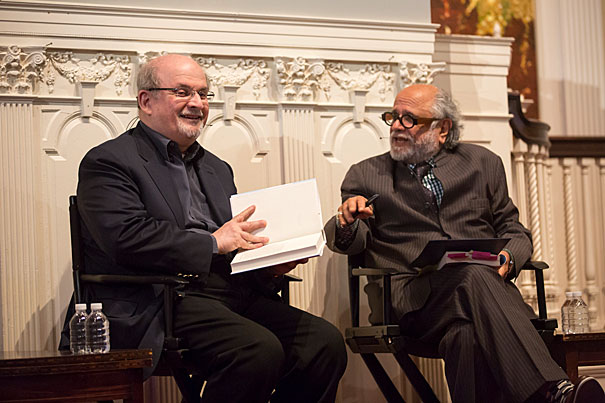
-
The life behind Wonder Woman
Two collections of William Moulton Marston, a Harvard graduate, psychologist, and inventor of the lie detector machine whose Wonder Woman comics promoted the triumph of women in a male-dominated world, arrived at the Radcliffe Institute for Advanced Study’s Schlesinger Library.

-
Harvard jazz leader, amid his Cuban roots
Harvard jazz leader and instructor Yosvany Terry returns to his musical roots in Cuba, where his destiny was formed.
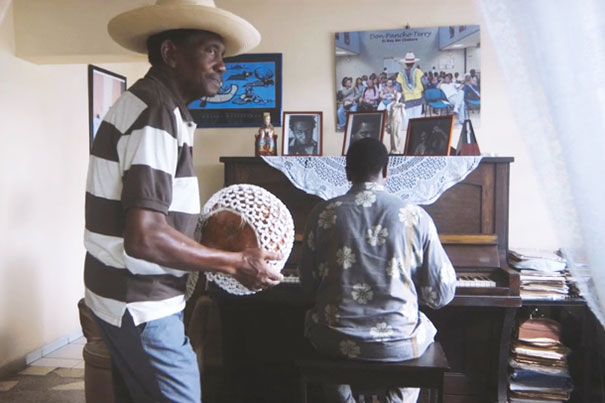
-
Student actress or acting student?
Ashley LaLonde ’20 may soon have the enviable dilemma of choosing between following her dream to Broadway or continuing her studies at Harvard.
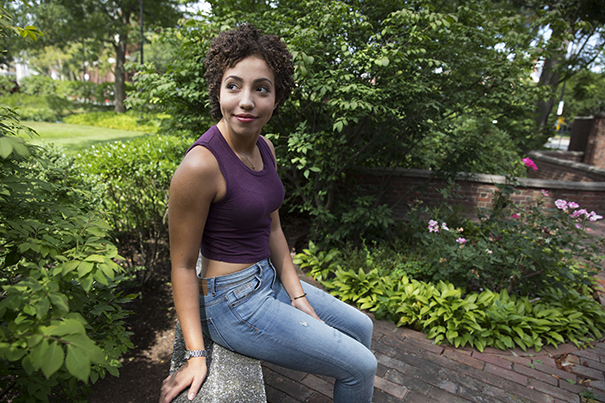
-
For hungry young writers, a kindred guide
Celebrated writer Michael Pollan talks to the Gazette about joining the Creative Writing Program as the Lewis K. Chan Arts Lecturer.
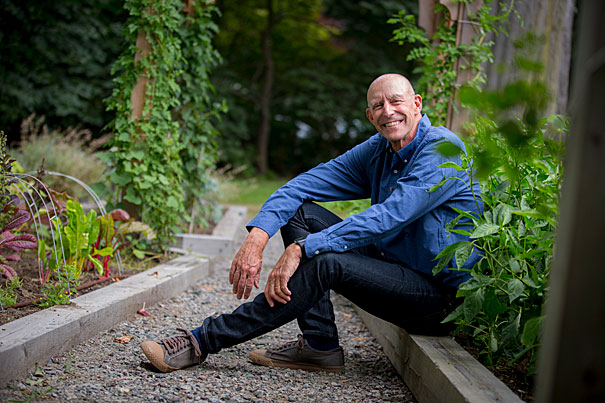
-
A break from the usual bloodsuckers
Harvard Film Archive has programmed films by Oscar winner Kathryn Bigelow and others for its “Night of the Vampire.”

-
A Cuba-Harvard connection, with a beat
The Harvard Jazz Bands make and learn music, absorb culture on summer tour of Cuba.
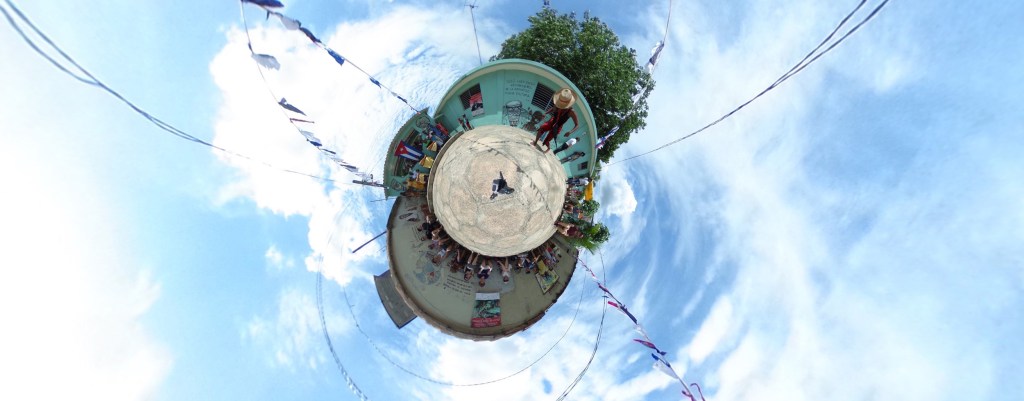
-
Dirtying their hands to grasp Viking history
While many of their peers were relaxing, a handful of Harvard students spent their summer immersing themselves in Viking history on a remote Danish island.
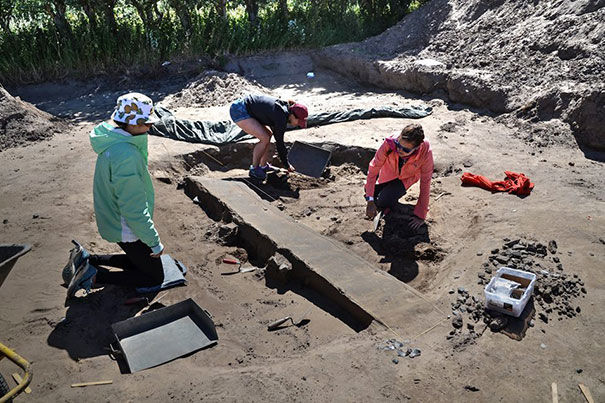
-
Letting his fiction wander
Creative writing lecturer Paul Yoon talks to the Gazette about his new book, “The Mountain,” and about his process, teaching, and the thinking behind his new story collection.
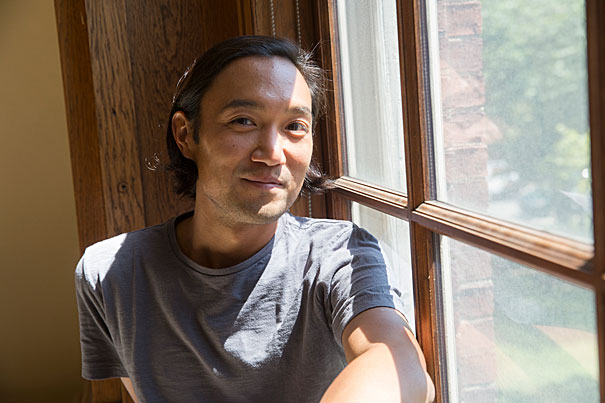
-
Must-see guest for campus art lovers
A portrait by the French painter Jean-Honoré Fragonard helps highlight the loans that Harvard makes with other art institutions.
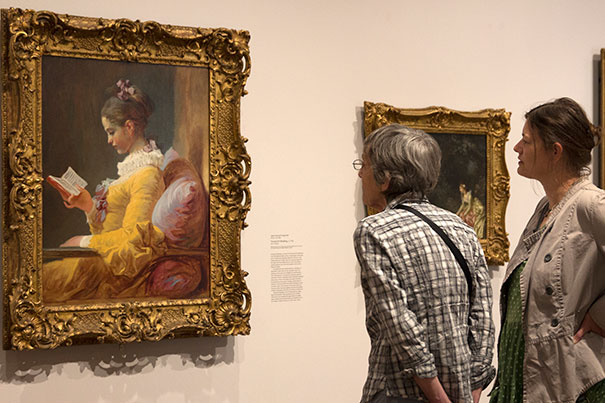
-
For Harvard neurologist, words lead to ‘action!’
Harvard neurologist Howard Weiner is winning praise as a film director for his feature “The Last Poker Game.”
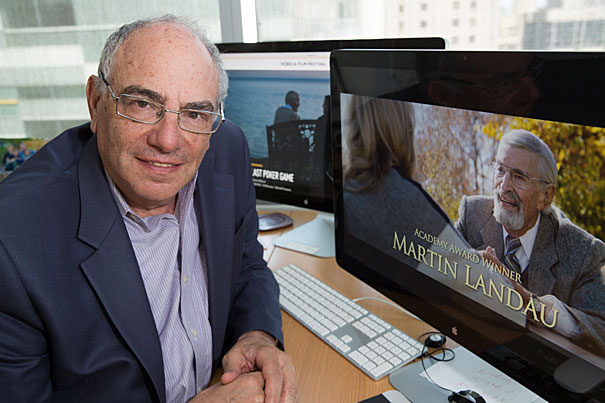
-
Thoreau at Walden, and at Houghton
Harvard Professor Emeritus Lawrence Buell reflects on the lasting importance of Henry David Thoreau’s “Walden” on the 200th anniversary of the author’s birth.

-
Fresh thinking on history of feminism
Students in a new class on feminism learned about unsung leaders in the struggle for women’s rights.

-
The Harvard in Thoreau
As the bicentennial nears for the birth of Henry David Thoreau, it’s clear that Harvard College influenced the churlish naturalist far more than he would have admitted, author says.
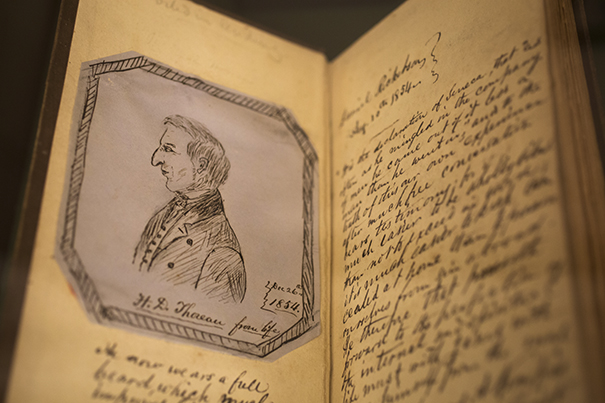
-
A record of ruins, before the war
From 1993 to 1999, historian Frank Kidner traveled to Syria to document and study the the country’s classical ruins, taking over 9,000 photographs of the architecture, topography, and people.

-
Skip the fake, snag the masterpiece
Harvard curator Edouard Kopp launched a workshop to illuminate the tricky terrain of the fine art market.

